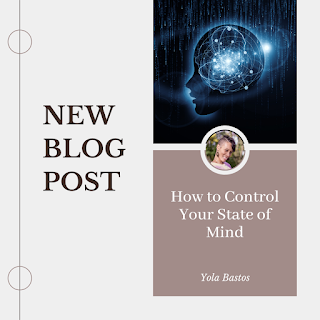.png) |
| http://womenflix.org |
Step 1: Define your financial goals
The first step in creating a financial plan is to define your financial goals. What do you want to achieve financially in the short-term and long-term? Do you want to save for a down payment on a house, pay off debt, or start a business? It's important to have specific, measurable goals so that you can track your progress and stay motivated.
Step 2: Evaluate your current financial situation
Next, evaluate your current financial situation. This includes taking stock of your income, expenses, debts, and assets. You may want to create a budget to help you better understand your cash flow and identify areas where you can cut expenses or increase income. It's also important to review your credit report to ensure that there are no errors or fraudulent accounts.
Step 3: Develop a financial plan
Once you have defined your financial goals and evaluated your current situation, it's time to develop a financial plan. This plan should outline the steps you need to take to achieve your goals, including a timeline and specific action items. For example, if your goal is to save for a down payment on a house, your plan may include increasing your income, reducing expenses, and investing in a high-yield savings account.
Step 4: Implement your financial plan
The next step is to implement your financial plan. This may involve making lifestyle changes, such as reducing your expenses or taking on a side hustle, as well as making strategic investments, such as contributing to a retirement account or investing in stocks. It's important to stay committed to your plan and track your progress along the way.
Step 5: Review and adjust your financial plan
Finally, it's important to regularly review and adjust your financial plan as needed. Life circumstances may change, such as a job loss or unexpected expenses, and your plan may need to be revised accordingly. It's also important to celebrate your successes along the way and adjust your goals as you achieve them.
In conclusion, creating a financial plan is an important step towards achieving financial security and independence. By defining your financial goals, evaluating your current situation, developing a plan, implementing your plan, and reviewing and adjusting as needed, women can take control of their finances and achieve their dreams.
At womenflix.org, we are committed to providing a safe and supportive community where women can connect, learn, and grow. Join us today to access a wealth of resources on financial planning, career development, and personal growth. Together, we can empower women to take control of their financial futures and achieve their goals.
Remember, financial planning is a process, and it's never too late to start. By taking control of your finances today, you can create a brighter future for yourself and your family.
.png)

.png)
.png)
